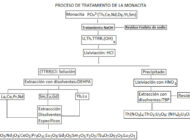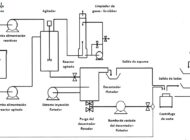Industrial wastewater and air treatment
You can search articles by category
Sector
Or you can search by keyword
Latest posts
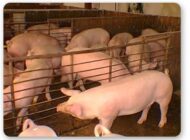 Slurry treatmentThe consequences of the discharge of slurry are becoming one of the main problems of the modern world due to their impact on the environment.
Slurry treatmentThe consequences of the discharge of slurry are becoming one of the main problems of the modern world due to their impact on the environment. Treatment of vinasses through vacuum evaporation or biomethanizationIn the production of liquor, a fermentation process is carried out followed by distillation, in which a dark-colored liquid residue called vinasse is obtained.
Treatment of vinasses through vacuum evaporation or biomethanizationIn the production of liquor, a fermentation process is carried out followed by distillation, in which a dark-colored liquid residue called vinasse is obtained.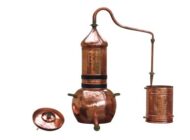 Brief history of distillation technologiesThe earliest references we have to something resembling distillation or evaporation can be found in water-scarce areas of the Egyptian empire, where water was boiled in cauldrons and the droplets that formed on the lids were collected to be consumed. The first known distillation technology is the alembic, and its earliest documented uses were alchemical, […]
Brief history of distillation technologiesThe earliest references we have to something resembling distillation or evaporation can be found in water-scarce areas of the Egyptian empire, where water was boiled in cauldrons and the droplets that formed on the lids were collected to be consumed. The first known distillation technology is the alembic, and its earliest documented uses were alchemical, […]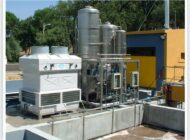 Industrial effluent treatment plants and vacuum evaporatorsWe analyze the advantages of vacuum evaporation for the treatment of industrial wastewater and the results it achieves.
Industrial effluent treatment plants and vacuum evaporatorsWe analyze the advantages of vacuum evaporation for the treatment of industrial wastewater and the results it achieves.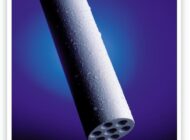 Wastewater treatment: types of filtration membranes and possible configurationsWe analyze types and configurations of filtration membranes, one of the main technologies for the treatment of industrial wastewater.
Wastewater treatment: types of filtration membranes and possible configurationsWe analyze types and configurations of filtration membranes, one of the main technologies for the treatment of industrial wastewater.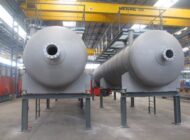 Activated carbon filters from hemp waste to reduce VOC emissionsWe analyze the possibility of designing activated carbon filters for the treatment of volatile organic compounds from hemp waste.
Activated carbon filters from hemp waste to reduce VOC emissionsWe analyze the possibility of designing activated carbon filters for the treatment of volatile organic compounds from hemp waste.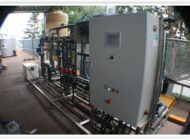 Membrane bioreactors (MBRs) for wastewater treatmentAnalysis of membrane bioreactors as an alternative to activated sludge biological treatment for wastewater treatment.
Membrane bioreactors (MBRs) for wastewater treatmentAnalysis of membrane bioreactors as an alternative to activated sludge biological treatment for wastewater treatment. Reduction of liquid waste in the graphic arts sectorIn this post, we will review some of the main liquid waste generated in the graphic arts sector and the most suitable technologies for their treatment.
Reduction of liquid waste in the graphic arts sectorIn this post, we will review some of the main liquid waste generated in the graphic arts sector and the most suitable technologies for their treatment.